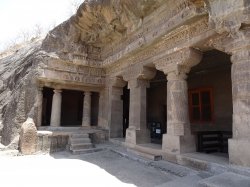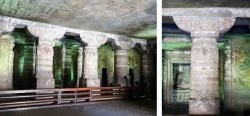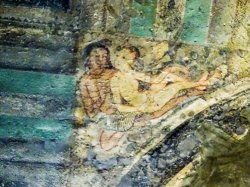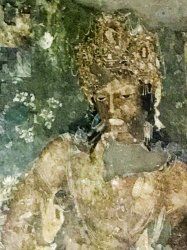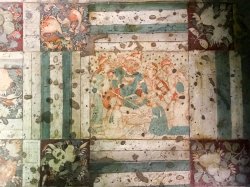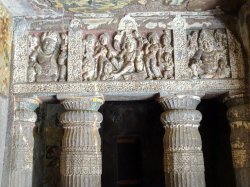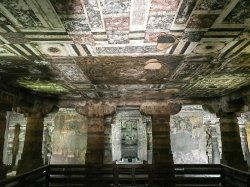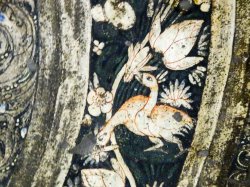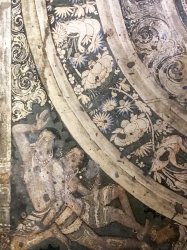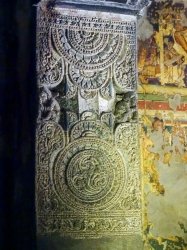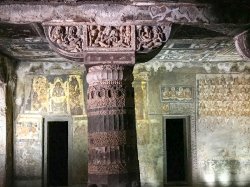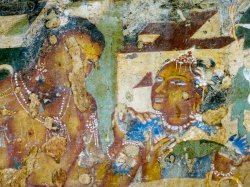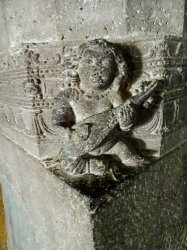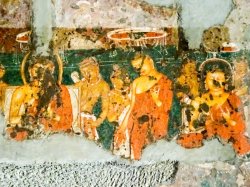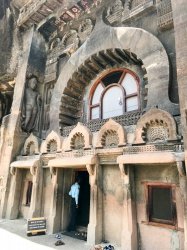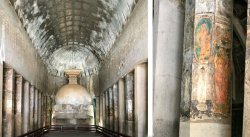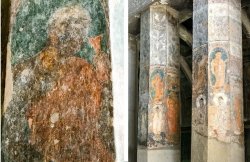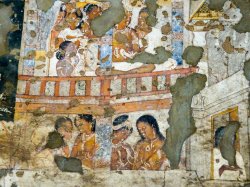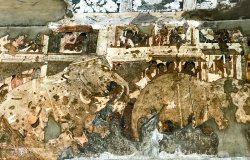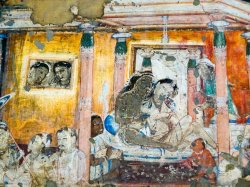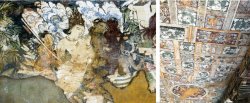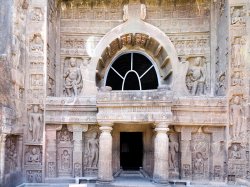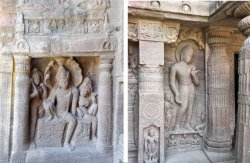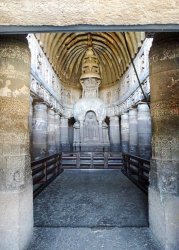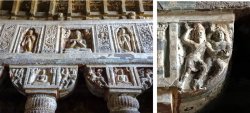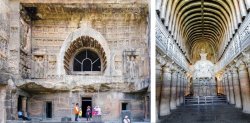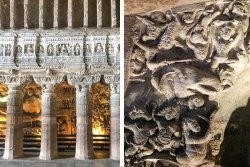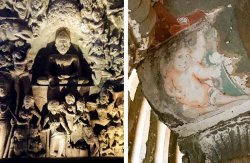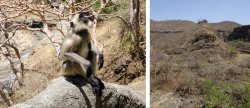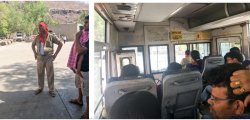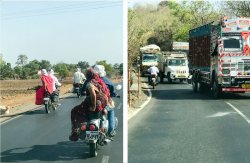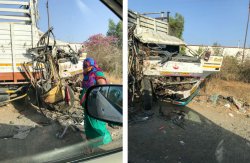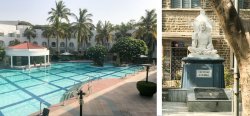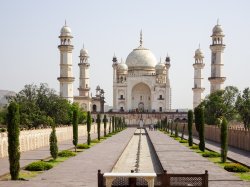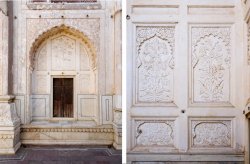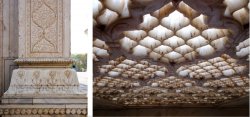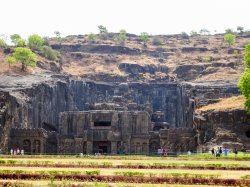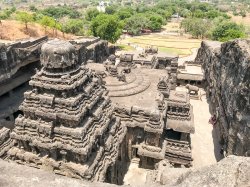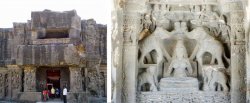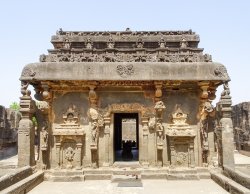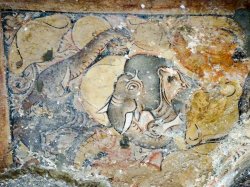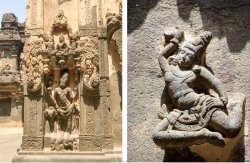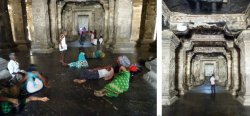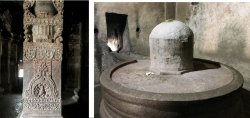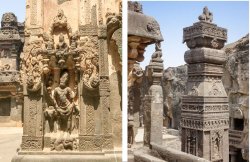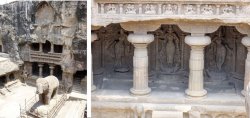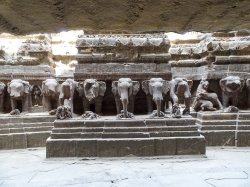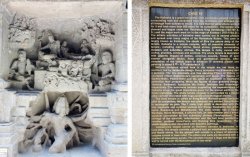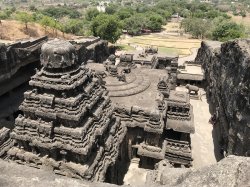- Joined
- Nov 12, 2012
- Posts
- 31,113
- Qantas
- Platinum
- Virgin
- Platinum
- Star Alliance
- Gold
Picked up the next morning by Patel and my guide for two days, Ali. I'm using Heritage India tours, on a recommendation from @RB here on AFF  . Today's site is the Ajanta caves, only 100km away, but its a two hour drive due to the excruciating Indian traffic - endless lumbering trucks and annoying scooters and passing opportunities few and far between. About 10 mins away from the site, we pull over to a café, for a toilet stop and tea - neither of which I wanted/needed, but the guide had a cuppa. At least we weren't staying here (the café was a lot better
. Today's site is the Ajanta caves, only 100km away, but its a two hour drive due to the excruciating Indian traffic - endless lumbering trucks and annoying scooters and passing opportunities few and far between. About 10 mins away from the site, we pull over to a café, for a toilet stop and tea - neither of which I wanted/needed, but the guide had a cuppa. At least we weren't staying here (the café was a lot better  )
)
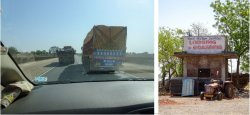
Soon afterwards we descended into a valley and the Visitors Centre came into view - not that we'd see any of it.

First surprise - I was up for admission (abt A$30). I thought it was included in the tour fee (which I hadn't paid yet), but no matter. Buy ticket, then second surprise. We go to the "eco busses" - yes, that's what they are called - but no 'conductor' to take tickets. I ask how long and the answer is "don't know". That's a worry, as the answer in these circumstances is usually "soon". After 15 mins a guy appears, then there is an extended discussion between him and the driver. Engine started and conks out several times. Its +40 and bloody hot on the stationery bus. They can't get the air con to work. How long is the trip? 5-10 mins. Lets just bloody go!
After 15 mins a guy appears, then there is an extended discussion between him and the driver. Engine started and conks out several times. Its +40 and bloody hot on the stationery bus. They can't get the air con to work. How long is the trip? 5-10 mins. Lets just bloody go!
The bus is filthy, and close to a wreck on wheels. Apparently UNESCO insist on "eco transport" on their world heritage sites, so its called an "eco bus".

Arrival at the site, more buildings (café, loos etc). A walk of 10 mins to the caves either by steps, up ramps or, ITKWYA, by sedan chair.


Soon afterwards we descended into a valley and the Visitors Centre came into view - not that we'd see any of it.

First surprise - I was up for admission (abt A$30). I thought it was included in the tour fee (which I hadn't paid yet), but no matter. Buy ticket, then second surprise. We go to the "eco busses" - yes, that's what they are called - but no 'conductor' to take tickets. I ask how long and the answer is "don't know". That's a worry, as the answer in these circumstances is usually "soon".
The bus is filthy, and close to a wreck on wheels. Apparently UNESCO insist on "eco transport" on their world heritage sites, so its called an "eco bus".

Arrival at the site, more buildings (café, loos etc). A walk of 10 mins to the caves either by steps, up ramps or, ITKWYA, by sedan chair.









